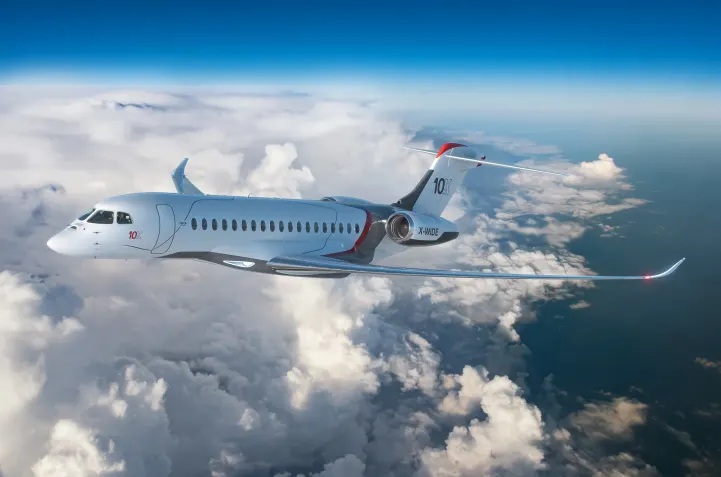Dassault Aviation Launches The Falcon 10X
Saint-Cloud, France, May 06, 2021 – Dassault Aviation today announced an all-new Falcon jet that will deliver a level of comfort, versatility and technology unmatched by any purpose-built business jet. Featuring a range of 7,500 nautical…

